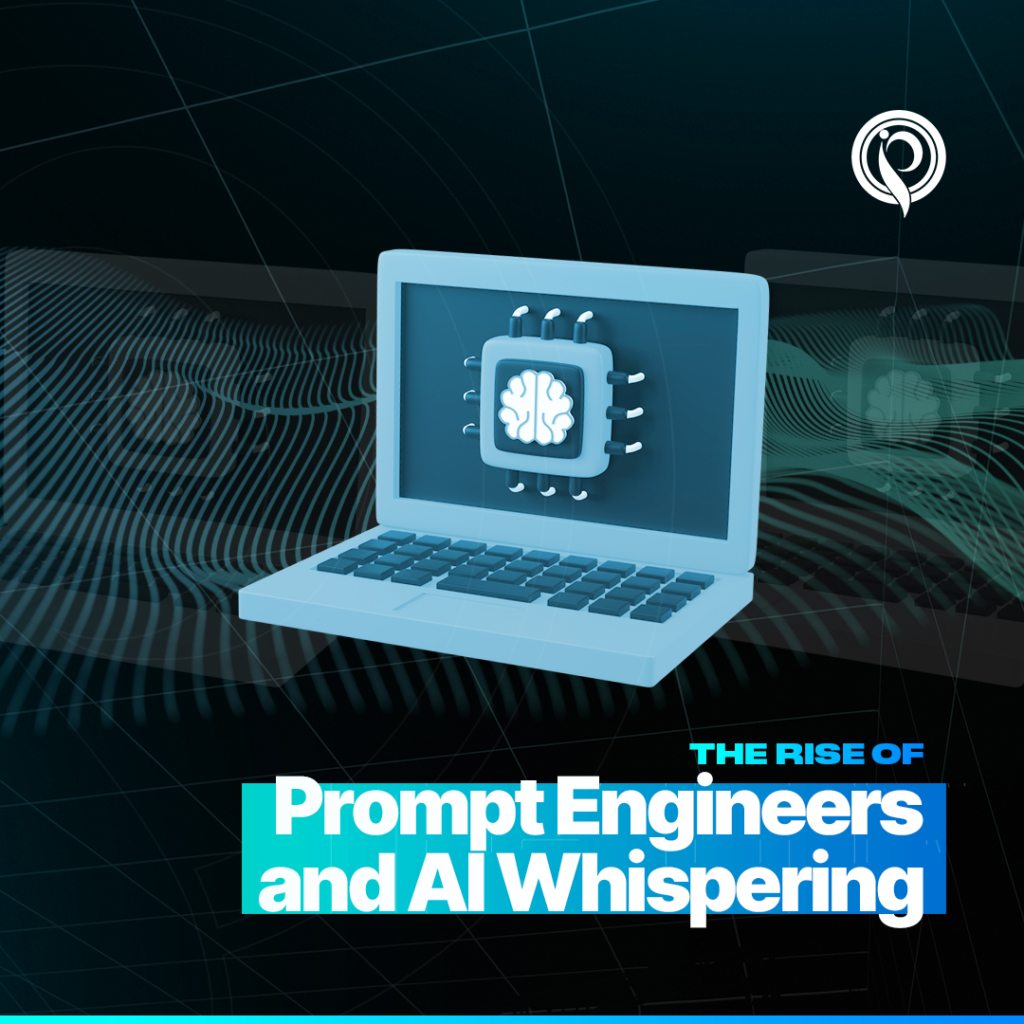
The Rise of Prompt Engineers and AI Whispering
By contributor Lyan Ware
In the era of technological convergence, the symbiotic relationship between human creativity and artificial intelligence has given rise to the transformative phenomenon of Prompt Engineering and AI Whispering. These innovative approaches to working with AI models, such as OpenAI’s ChatGPT and Google’s LLM, have opened up new possibilities for creative expression, problem-solving, and user interaction [1][4]. In this blog, we’ll briefly discuss these trends and their implications for the future of AI.

The magic of AI is having the expedited ability to build with words. To make this “magic” functional and easy-to-use, the expertise of prompt engineers is required. Prompt Engineering can be likened to treating AI prompts like Lego blocks, allowing users to give clear instructions to the AI models and generate the desired outputs [4]. Unlike traditional coding, which involves writing complex algorithms, prompt engineers work with plain text, crafting and refining the prompts to coax optimal results from the AI systems [3].
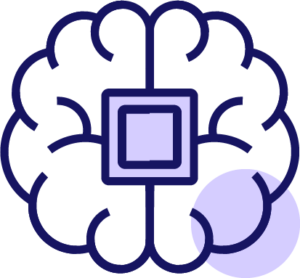
The demand for prompt engineers has been fueled by the growing adoption of Generative AI in various industries, including advertising, law, and art [4]. Companies like OpenAI, Google, Microsoft, and Anthropic have recognized the value of this skill set and are actively hiring prompt engineers to improve the quality, relevance, and performance of their AI systems [6].
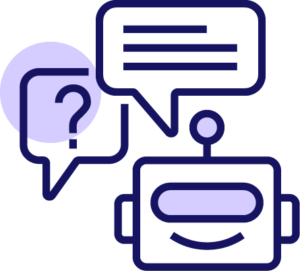
In order to optimize the functionality of prompts, these engineers will need to know how the AI engine “thinks”. Prompt Whispering, a term coined by Matt Webb, refers to the practice of developing a sophisticated mental model of an AI’s dynamic behavior or psychology [1]. While not necessarily a creative process, prompt whispering can be seen as the difference between software engineering and hacking, with skilled practitioners able to coax the AI into producing desired outputs that others may not be able to achieve [1].
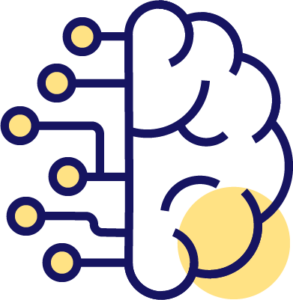
The role of a prompt engineer has been compared to that of an AI psychologist, as they work to uncover hidden capabilities and optimize the AI’s performance [3]. However, some have questioned the longevity of this role, as AI advances may render human intervention less necessary in the future [3].

However, this contributor believes that as Generative AI continues to evolve, so too will the roles of prompt engineers and AI whisperers. These trends have the potential to transform existing jobs, empower non-technical users, and drive innovation in various industries [4].

To break into the field of prompt engineering, aspiring AI whisperers can start by educating and training themselves on how Generative AI works, earning credentials and certifications on the subject to validate their expertise. Hopefuls must also work on understanding the role, develop their skills, build a portfolio, network within the community, and establish themselves as experts in the field [6]. Resources such as the Prompt-Engineering-Guide, best practices for prompt engineering by OpenAI, and learnprompting.org can provide additional resources for those looking to enter this exciting and rapidly growing job market [4].
Generative AI: A Gateway to Creative Innovation
The Future is Now: Consider a Career in Robotics
The Importance of Human Centered Security Design
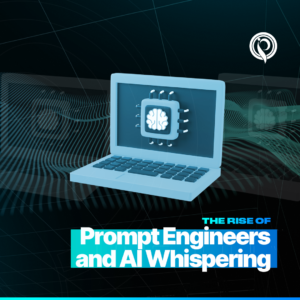
Citations:
[1] https://interconnected.org/home/2023/07/07/whispering
[3] https://www.washingtonpost.com/technology/2023/02/25/prompt-engineers-techs-next-big-job/
[4] https://sahbichaieb.com/prompt-engineering/
[5] https://blog.metamirror.io/prompt-whispering-v-prompt-engineering-22a93114fe81
[6] https://www.linkedin.com/pulse/become-ai-whisperer-how-master-prompt-engineering-land-clayton-turner
































Leave a Reply
You must be logged in to post a comment.